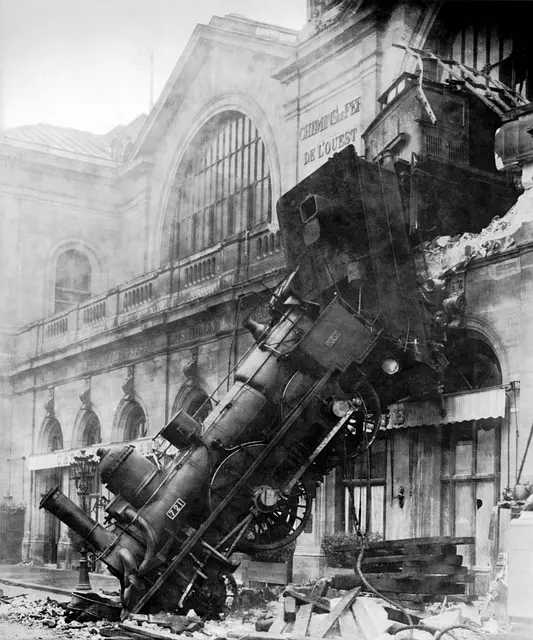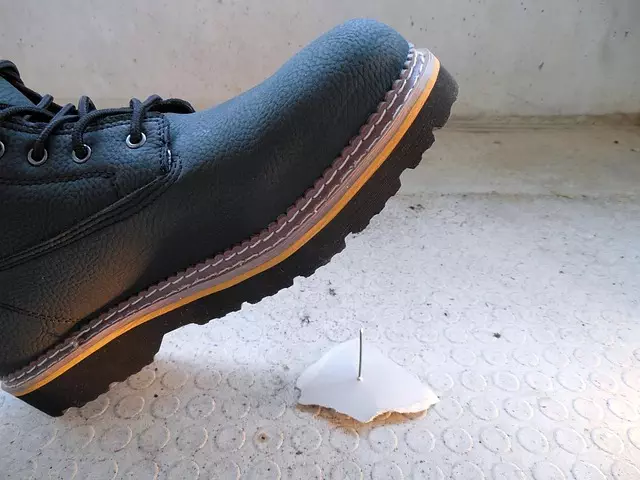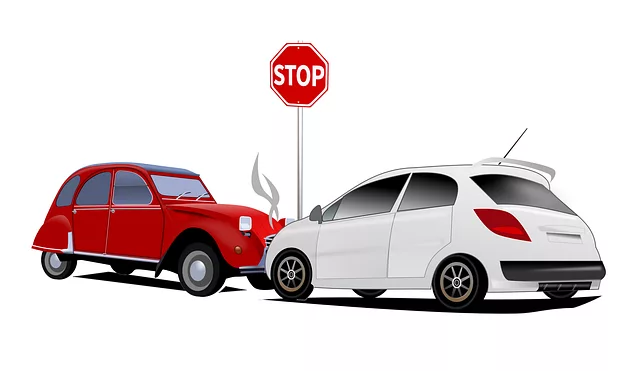In Queens and Manhattan, New York State law governs slip and fall cases, focusing on negligence, with property owners having a duty to maintain safe premises during icy conditions. Cyclists, considered vehicles, have the same rights as motorists, including right of way, and must adhere to safety equipment and intersection rules. Ice and snow pose risks, necessitating prompt road clearance and deicing by property owners and municipalities. To advocate for compensation, cyclists must prove a hazardous condition, visible evidence, and the owner's knowledge and failure to act. In case of a slip and fall, immediate action is crucial: assess injuries, document, gather witness info, report to authorities, and seek medical attention.
In the diverse landscape of New York City, Queens presents unique challenges for pedestrians and cyclists alike, especially during winter months. Snow and ice slip-and-fall accidents are common, leading many to seek legal recourse. Understanding your rights under New York law is crucial, particularly when navigating the Cyclist Right of Way regulations in Manhattan. This article explores these aspects, from identifying common causes to immediate post-incident steps, offering guidance for those affected by snow/ice-related injuries in Queens.
- Understanding Slip and Fall Cases in Queens: A Legal Perspective
- Cyclist Right of Way: Navigating the Laws in Manhattan
- Common Causes of Ice/Snow-Related Accidents
- Building a Strong Case for Compensation
- What to Do Immediately After a Slip and Fall Incident in Queens
Understanding Slip and Fall Cases in Queens: A Legal Perspective

In Queens, slip and fall cases are governed by New York State law, focusing on establishing negligence. When it comes to icy conditions, property owners have a legal duty to maintain their premises in a safe condition. This includes removing snow and ice promptly or providing adequate warning signs for areas that haven’t been treated. A cyclist’s right of way is also a critical aspect; cyclists are considered vehicles and have the same rights as motorists, except where otherwise specified by traffic laws.
In cases involving Manhattan residents or visitors who sustain injuries due to slips and falls on icy or snow-covered surfaces, understanding legal precedents is key. Previous court decisions shape how these cases are handled, emphasizing reasonable care expectations from property owners during winter months. These factors collectively contribute to the complex landscape of slip and fall litigation in Queens, with each case evaluated on its merits.
Cyclist Right of Way: Navigating the Laws in Manhattan

In Manhattan, understanding the cyclist right of way is crucial for both riders and motorists alike. Cyclists have the same rights and responsibilities as drivers when it comes to navigating the city’s streets. This means they can use all lanes of the road, including the right lane, if necessary. When approaching intersections or yield signs, cyclists should be treated like any other vehicle, with cars having to yield to them if they are stopped or moving slowly.
However, there are specific rules regarding hand signals and safety equipment. Cyclists must use hand signals to indicate turns and must equip their bikes with lights and reflectors when riding at night. By adhering to these regulations, cyclists can better protect themselves from potential slip and fall accidents caused by icy conditions, ensuring a safer experience on Manhattan’s bustling streets.
Common Causes of Ice/Snow-Related Accidents

Ice and snow can make navigating Queens streets, especially for cyclists, incredibly hazardous. Common causes of ice/snow-related accidents include poorly maintained roads, inadequate deicing measures, and lack of proper signage warning of slippery conditions. In New York City, including Manhattan, where winters can be unpredictable, property owners and municipalities have a legal obligation to ensure safe conditions for pedestrians and cyclists. This includes clearing snow and applying road salt or other deicers in a timely manner, especially on high-traffic routes.
For cyclists, the right of way is crucial. Cyclists in New York City are protected by law, but they must also exercise caution. Ice and snow can cause skids and falls, leading to serious injuries. Understanding local laws and maintaining awareness of one’s surroundings are key to preventing accidents. Property owners and businesses in Manhattan, Queens, and across the city should take proactive steps to prevent ice/snow-related incidents, ensuring the safety of all users of public spaces, including cyclists.
Building a Strong Case for Compensation

When building a case for compensation in a Snow/Ice Slip and Fall incident, especially involving cyclists in Queens or other urban areas like Manhattan, understanding your rights and gathering solid evidence is paramount. Cyclists have a valid right of way in many situations, particularly when sharing roads with motor vehicles. In New York City, local laws protect cyclists, and demonstrating how a property owner’s negligence led to your accident is crucial for winning your case.
Strong cases rely on proving three key elements: the existence of a hazardous condition caused by snow or ice, visible evidence of this condition, and that the property owner had actual or constructive knowledge of it yet failed to take preventive measures. Documenting these aspects with photos, witness statements, and maintenance records can significantly enhance your claim’s strength, ensuring you receive fair compensation for your injuries and any associated expenses.
What to Do Immediately After a Slip and Fall Incident in Queens

If you’ve experienced a slip and fall incident in Queens, New York, especially as a cyclist navigating the urban landscape, immediate action is crucial. First, assess your injuries to ensure you’re not seriously hurt. If safe to do so, move yourself to a secure location away from traffic if you’re on the road. Then, document the scene by taking photos of the area where the fall occurred, including any visible ice or snow, and noting the date, time, and weather conditions.
Next, gather information from witnesses who might have observed the incident. Exchange contact details with them as they could provide valuable testimony. For cyclists, establishing your right of way in Manhattan, especially during winter months, is essential. Contact local authorities to report the hazardous condition that led to your fall, which can help prevent future accidents. Finally, seek medical attention, even if you feel minor pains, as some injuries may not be immediately apparent.
In Queens, understanding slip and fall cases requires familiarity with local laws, especially regarding cyclist right of way in Manhattan. Ice and snow-related accidents are a significant concern, with common causes ranging from inadequate clearance to poor lighting. Building a compelling case involves documenting the incident, gathering evidence, and promptly seeking legal counsel. By following the outlined steps after a slip and fall, individuals can ensure they receive the compensation they deserve for their injuries, holding responsible parties accountable while navigating the legal landscape in Queens.
